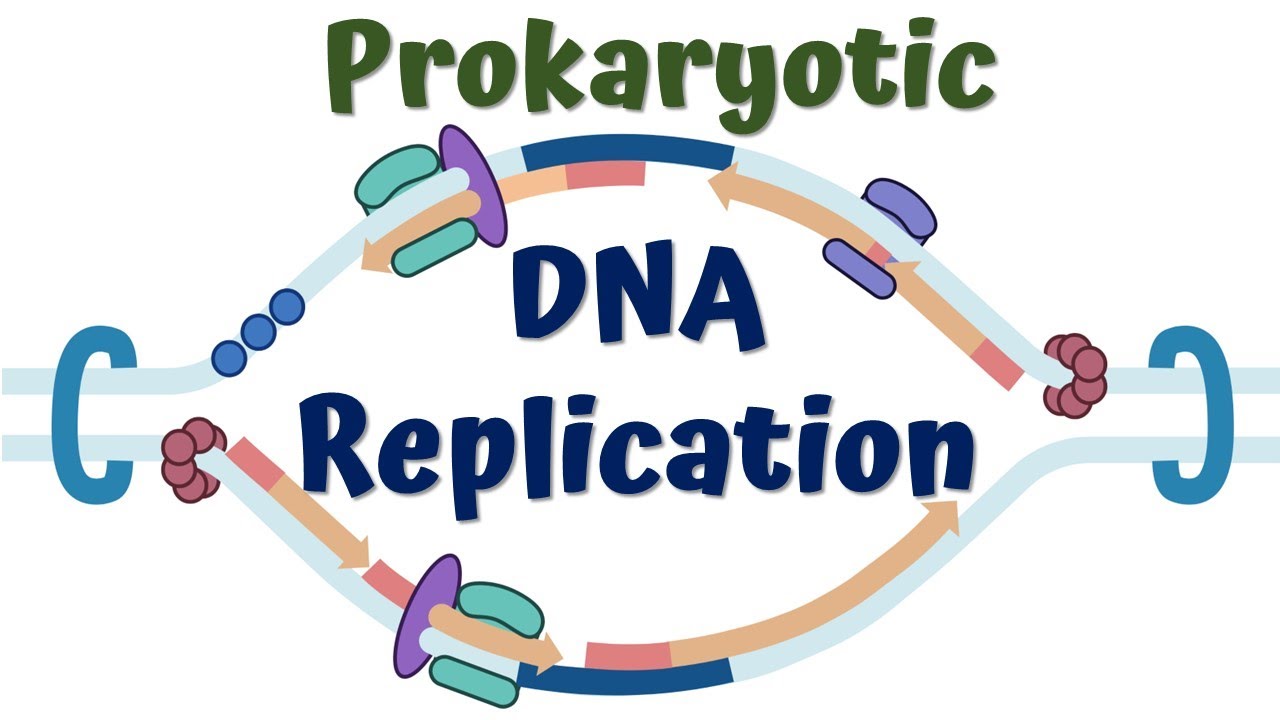Replicação (Duplicação) do DNA - Aula 10 - Módulo 1: Bioquímica - Prof. Guilherme
Summary
TLDRThe video explains DNA replication, emphasizing its semi-conservative nature, where one strand is continuous and the other fragmented. Key enzymes like helicase and DNA polymerase are highlighted for their roles in opening the DNA strand and constructing complementary strands. The fragments on the lagging strand are called Okazaki fragments, named after the scientists who discovered them in 1968. The video aims to simplify complex processes, ensuring that viewers grasp the topic by relating it to prior lessons. It also touches on personal growth, encouraging self-awareness for a more fulfilled life.
Takeaways
- 🔬 In 1968, Japanese scientists Okazaki and his wife discovered the process of DNA replication, identifying that one side of the DNA molecule replicates continuously while the other side replicates in fragments, known today as Okazaki fragments.
- 🧬 DNA replication is essential for cell division, as the genetic material must be duplicated before a cell divides into two identical cells.
- ⛓️ The process of DNA replication is semiconservative, meaning that each new DNA molecule contains one original strand and one newly synthesized strand.
- 🧩 DNA is structured as a double helix with antiparallel strands, one running from 5' to 3' and the other from 3' to 5'. This orientation is crucial for understanding replication.
- 🛠️ Helicase is an enzyme that unwinds the DNA strands, acting like a zipper to separate the two strands of the double helix.
- 🔗 DNA polymerase III is the main enzyme responsible for building the new DNA strands, always synthesizing in the 5' to 3' direction.
- 🧱 On the leading strand, replication occurs continuously, while on the lagging strand, replication occurs in fragments (Okazaki fragments), which are later joined by DNA ligase.
- 🔄 Primer sequences are necessary to initiate the replication process, signaling DNA polymerase where to start building the new strand.
- 🧪 DNA polymerase I replaces RNA primers with DNA, ensuring the new strand is complete and accurate.
- 🧠 Understanding DNA replication is crucial for understanding more advanced topics like transcription and translation, as well as the broader concept of the central dogma of molecular biology.
Q & A
Who were the scientists that discovered the Okazaki fragments, and when did this discovery occur?
-The Okazaki fragments were discovered by a Japanese couple of scientists in 1968. These DNA fragments are produced during the process of DNA replication.
What are the key differences between continuous and fragmented DNA replication processes?
-In continuous DNA replication, one strand of the DNA is synthesized from start to finish in a smooth, uninterrupted process. In contrast, the complementary strand undergoes fragmented replication, producing small DNA fragments known as Okazaki fragments, which are later connected.
What is the primary function of the enzyme helicase during DNA replication?
-Helicase plays a crucial role in DNA replication by unwinding the double helix, separating the two DNA strands like a zipper. This allows the replication process to begin on each strand.
What is the primer, and why is it necessary in DNA replication?
-A primer is a short segment of RNA that signals the starting point for DNA synthesis. It allows the DNA polymerase to recognize where to begin building the new DNA strand.
Why is DNA replication described as a 'semiconservative' process?
-DNA replication is semiconservative because, after replication, each new DNA molecule consists of one original (parent) strand and one newly synthesized strand.
What is the direction of DNA synthesis, and why is it important to understand?
-DNA synthesis always occurs in the 5' to 3' direction. This is important because it dictates how the new strands are built, with the leading strand being synthesized continuously and the lagging strand in fragments.
What role does the enzyme DNA polymerase play in replication?
-DNA polymerase is responsible for synthesizing the new DNA strand by adding nucleotides to the primer in the 5' to 3' direction, matching the complementary bases of the template strand.
What are the Okazaki fragments, and how are they formed?
-Okazaki fragments are short sequences of DNA that are synthesized on the lagging strand during DNA replication. They are formed because DNA polymerase can only synthesize in the 5' to 3' direction, so the lagging strand is built in short sections.
How are the Okazaki fragments connected after replication?
-After replication, DNA ligase is the enzyme responsible for connecting the Okazaki fragments by sealing the gaps between them, forming a continuous strand.
What is the purpose of Single-Strand Binding Proteins (SSBs) in DNA replication?
-Single-Strand Binding Proteins (SSBs) bind to the separated DNA strands during replication to prevent them from reannealing, ensuring the strands stay apart for the replication process to continue.
Outlines

Cette section est réservée aux utilisateurs payants. Améliorez votre compte pour accéder à cette section.
Améliorer maintenantMindmap

Cette section est réservée aux utilisateurs payants. Améliorez votre compte pour accéder à cette section.
Améliorer maintenantKeywords

Cette section est réservée aux utilisateurs payants. Améliorez votre compte pour accéder à cette section.
Améliorer maintenantHighlights

Cette section est réservée aux utilisateurs payants. Améliorez votre compte pour accéder à cette section.
Améliorer maintenantTranscripts

Cette section est réservée aux utilisateurs payants. Améliorez votre compte pour accéder à cette section.
Améliorer maintenant5.0 / 5 (0 votes)






